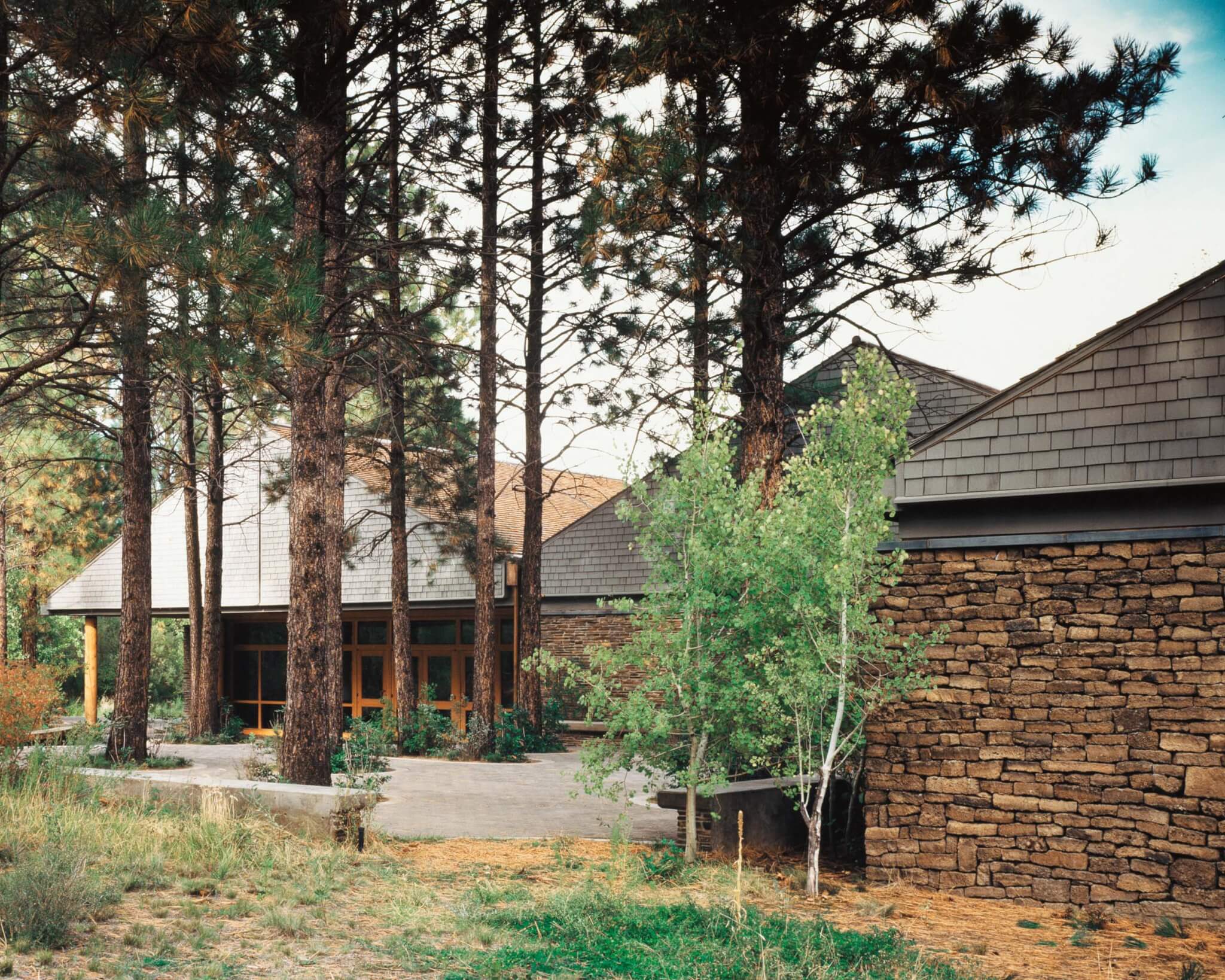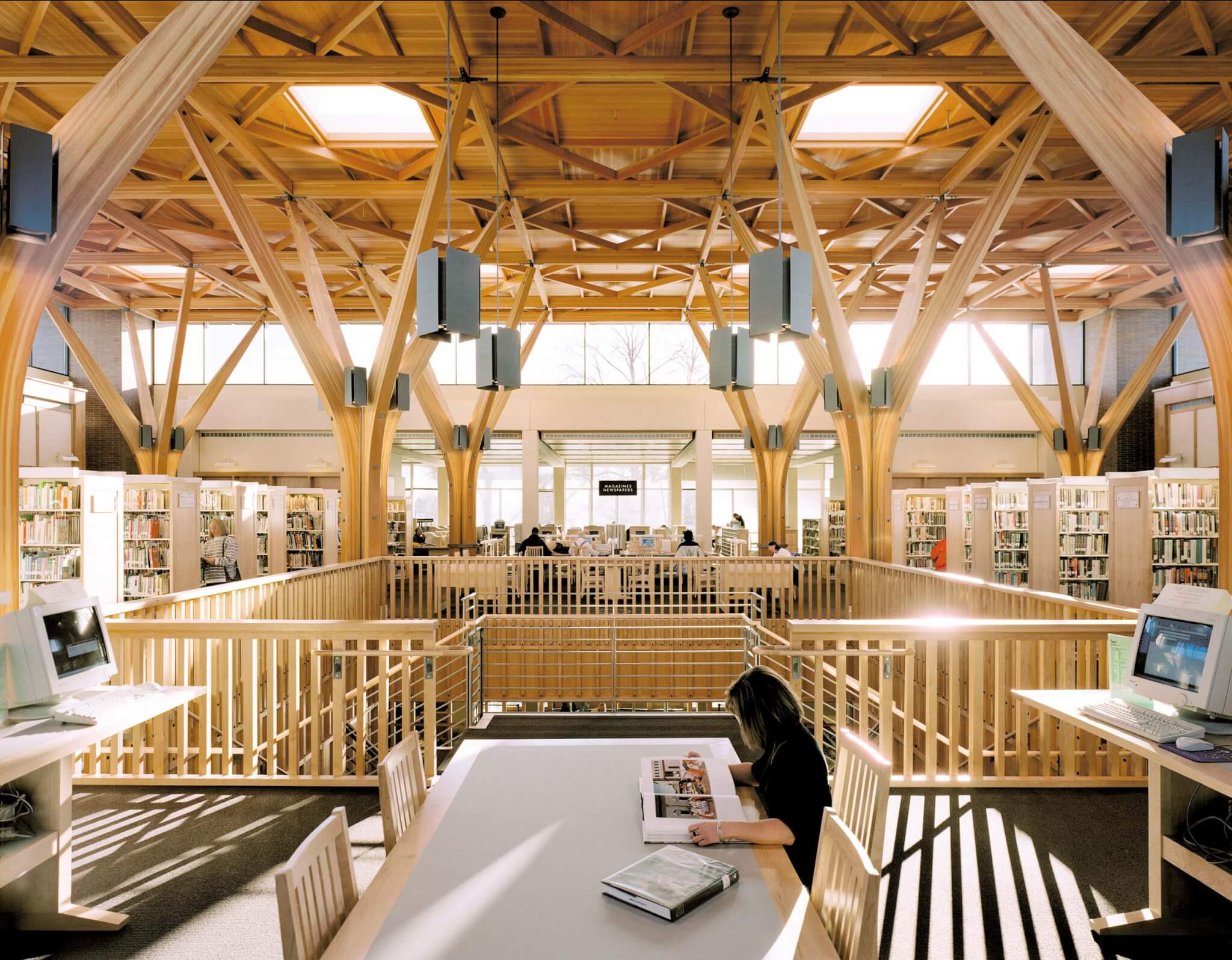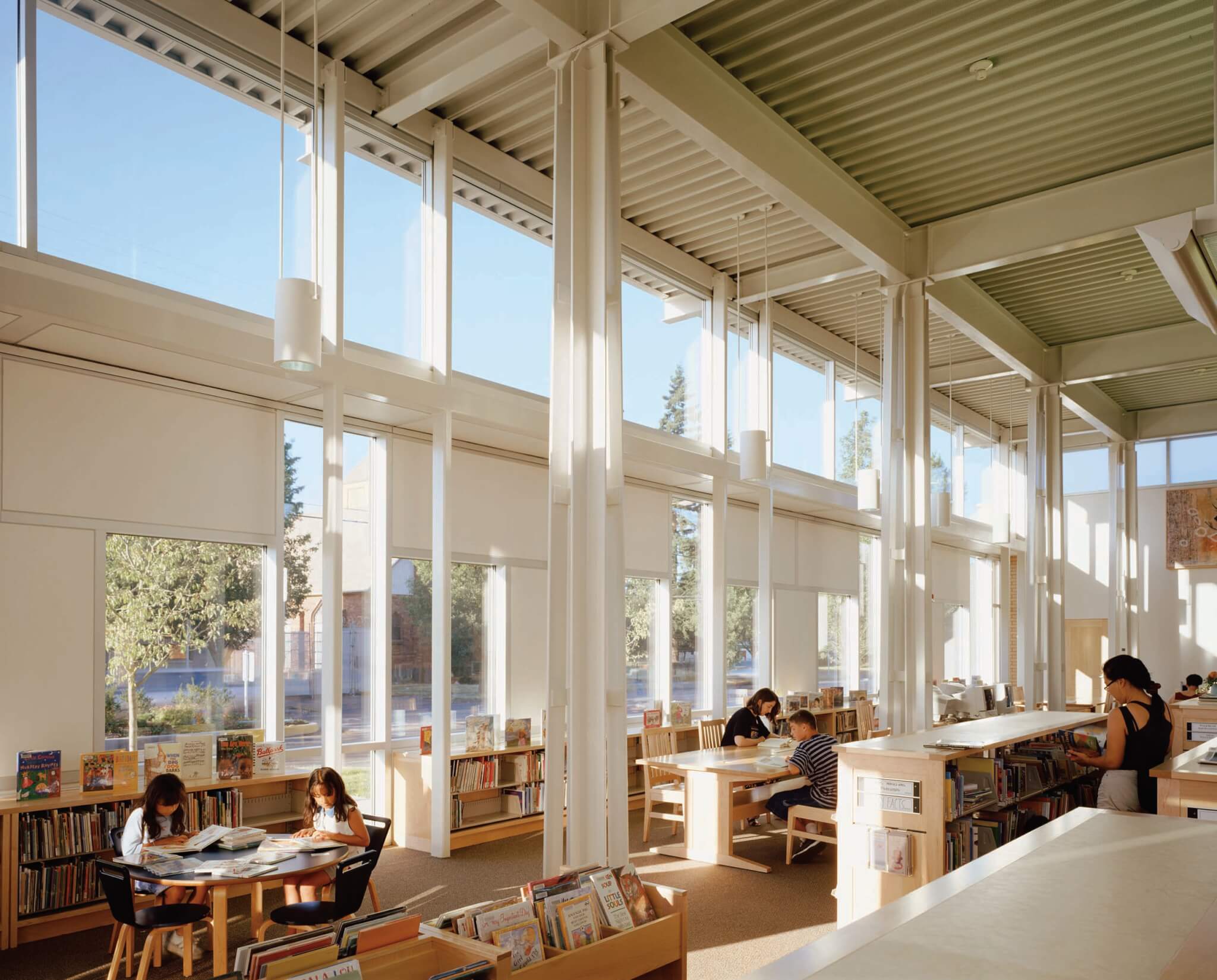Thomas Hacker, one of Oregon’s most influential architects, died at 81
Thomas Hacker, founder of Portland, Oregon–based architecture office Hacker, died on February 27. Hacker designed some of Oregon’s most prominent and beloved civic, museum, library, and educational buildings, including the High Desert Museum, Columbia Gorge Discovery Center, Portland State University’s Urban Center, Beaverton City Library, and Multnomah County’s Woodstock branch library. He was also a teacher at the University of Oregon for 14 years and inspired and mentored two generations of architects at the school and later through his practice.
“Thom couldn’t have been more charismatic if he tried,” recalled Brad Cloepfil, one of his most accomplished students, whose practice, Allied Works Architecture, has become one of the nation’s leading design firms. “He had a complete intensity and belief in what he was doing. Every discussion had an ethical foundation and bigger aspiration. To this day, it’s rare that people talk about architecture in that way.”

Born in Dayton, Ohio, Hacker earned a bachelor of arts from the University of Pennsylvania and went on to earn a graduate degree in the master of architecture program at the university’s Graduate School of Fine Arts in 1963. In 1967 he won the Paul Cret Gold Medal for Best Graduate Thesis Project and the Alfred Brooks Gold Medal for Best Design Student. His talent caught the eye of Louis Kahn, who hired Hacker as a draftsman, swiftly elevating him to personal design assistant. With his mentor, Hacker worked on such 20th-century architectural icons as the Capitol Complex in Dhaka, Bangladesh, and the Kimbell Art Museum in Fort Worth, Texas.

“Thom Hacker has the natural gifts of the artist,” wrote Kahn in a 1970 recommendation letter. “His intuitive sense of validity leads him to Truth…. This gift makes his work full of humanity and his reaction to the works of others responsive and constructive no matter how simple or complex…. The smallest detail is never, in him, detached from the whole.”
A pacifist, Hacker earned conscientious objector status during the American war in Vietnam. With Richard Garfield, a fellow student and colleague in Kahn’s office, Hacker trekked to the University of Oregon to teach. In the late 1970s he designed and built a house for himself and his wife, Margaret, employing his family members and students as builders. The home became a kind of educational annex where he taught studios and his own free-form courses in “visual thinking.”

In 1986, Hacker and Garfield left full-time academia to start Garfield Hacker Architects in Portland. The Biomedical Information Communication Center at Oregon Health & Science University became the firm’s first important commission. In 1992 Hacker split from Garfield to found Thomas Hacker Architects. Distinct from other offices, the firm worked almost solely on civic, cultural, and educational buildings and steadily expanded to do work beyond Oregon, most prominently the Yellowstone Art Museum, Spokane Public Library, Pacific Highway’s U.S. Port of Entry, and the Bend Public Library.

Hacker continued to practice architecture until his retirement in 2018. Always an artist, he reinvested himself in sculpture and painting postretirement. Hacker died due to complications from an abdominal surgery in September. He is survived by Margaret, son Jacob, daughters Sarah and Alice, and grandchildren Noah, Ava, Owen, Gibson, Leon, and Moss.
While Hacker leaves many fine buildings to his credit, his legacy is also continued by those with whom he worked, who remember him fondly.
“Thom instilled people around him with the sense that everything we did was part of something bigger than ourselves,” said Hacker principal David Keltner. “One of the most profound expressions of this was when he stepped away from the firm that bore his name while he still had so much to give in order for others to have space to make it their own. Not for their sake, but for the legacy of the work to continue beyond himself.”

“When I think of Thom, I reflect on the fact that he literally laid the foundation on which many of the most renowned firms in our region have built their design language,” Corey Martin, principal at Hacker, recalled. “The way that he created dynamic space with structure, the way he related form to landscape, and the way he integrated art in the process and the design have inspired many of the best buildings in our region. There are aspects of his designs embedded in all of our buildings, and I think we all assess the quality of our work in some way in relation to the buildings he created.”
“Thom had a way of seeing people that inspired them to be their best,” remembered his daughter and Hacker principal Sarah Hacker. “He did this by listening, locking into your passions, and connecting purpose to every task. He made even the most mundane activities feel important and part of something bigger. It was a powerful tool.”




